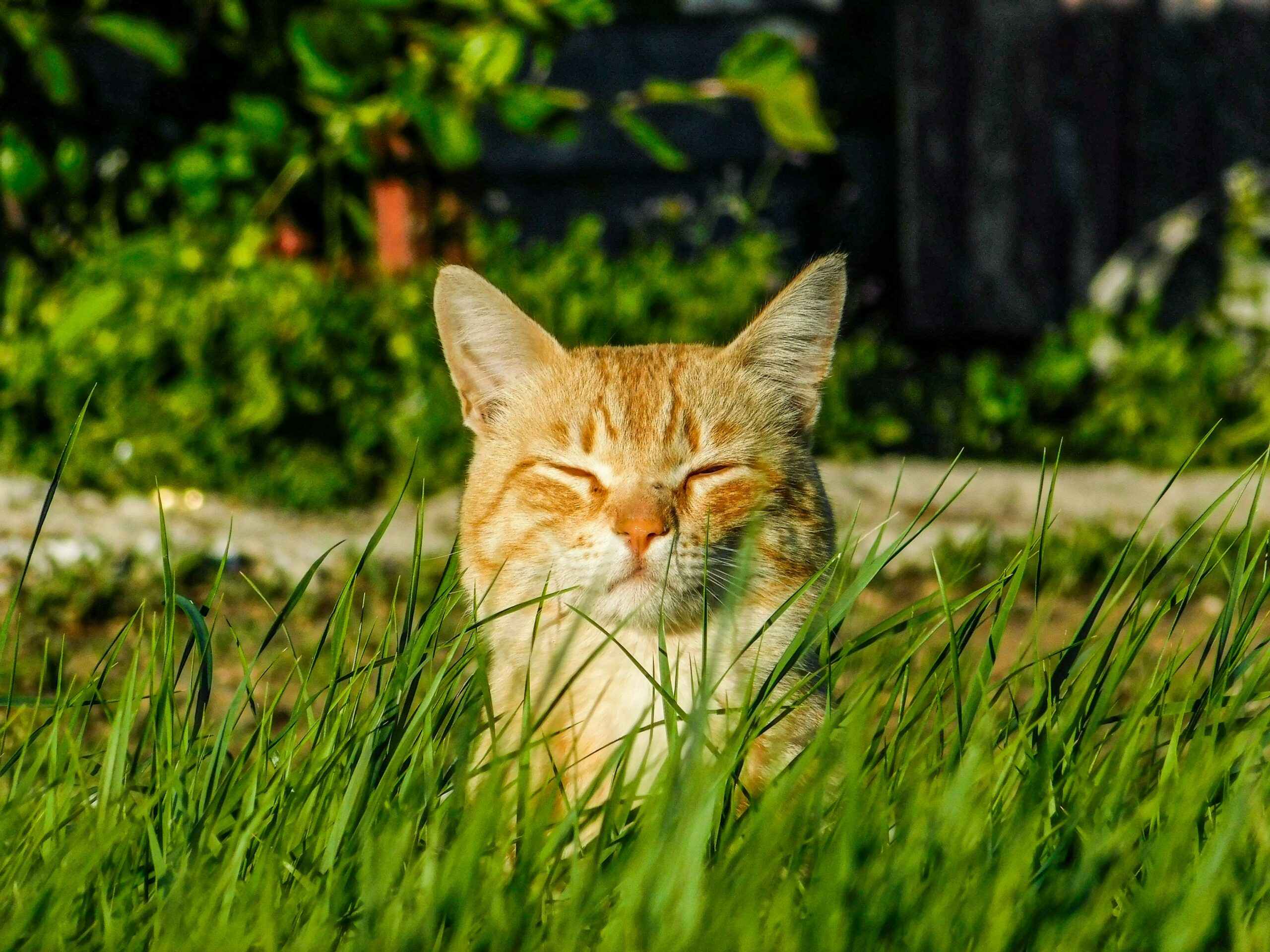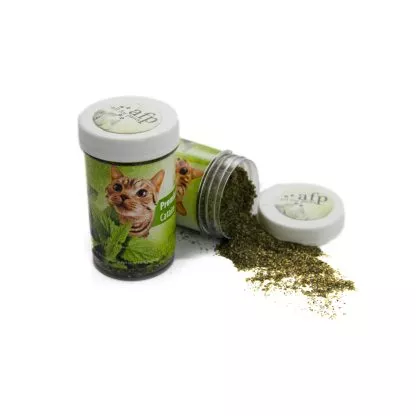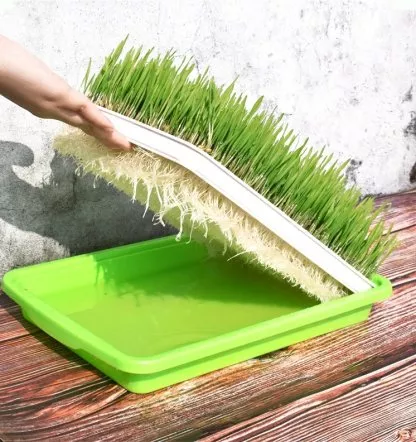
Catnip has a fascinating reputation among cat lovers, but there are still plenty of misconceptions surrounding it. This comprehensive catnip guide will cover everything from what catnip is to how it works, the benefits it offers, and essential safety considerations for pet owners.
What Is Catnip?
Scientifically known as Nepeta cataria, it is a member of the mint family. It contains a compound called nepetalactone, which is responsible for the euphoric effects that many cats experience when they encounter the plant. Native to Europe and Asia, it has now spread globally, largely because of its popularity with our feline friends.
How It Affects Cats
Not all cats respond to catnip, but for those who do, the reactions can range from playful to totally blissed out. Understanding how it works and why some cats react while others don’t is essential for any pet owner.
The Science Behind Catnip
The primary component of catnip, nepetalactone, binds to receptors in a cat’s nose, triggering sensory neurons. This reaction stimulates areas of the brain related to emotions and pleasure. Interestingly, the effects are genetic: about 30-40% of cats lack the gene that makes them sensitive to this herb.
Cats typically display behaviors such as rolling, pawing, purring, and even zooming around when exposed to catnip. The reaction usually lasts about 10-15 minutes, after which cats become temporarily desensitized to its effects.

Benefits of Catnip for Cats
Providing enrichment for your cat is crucial for their mental and physical health, and catnip can be an excellent tool for this. Below are some benefits:
- Stimulation and Exercise: Encourages cats to play, providing much-needed physical activity. This can be particularly useful for indoor cats that don’t have access to the great outdoors.
- Stress Reduction: For some cats, it has a calming effect, which can be beneficial in high-stress situations, like visiting the vet or moving to a new home.
- Behavioral Training: Used to make scratching posts or certain areas more appealing, helping deter your cat from undesirable behaviors like clawing at furniture.

Types of Catnip Products
Catnip isn’t limited to just fresh or dried leaves. Various products cater to cats’ different preferences.
- Dried: The most common form, dried catnip is easy to sprinkle on toys or scratching posts. Always store it in an airtight container to preserve its potency.
- Sprays: These are made from a concentrated extract and can be used to refresh old toys or introduce catnip to a new area without the mess of loose leaves.
- Toys: Toys stuffed with the herbs are favorites among playful cats, combining entertainment with the allure of the herb.
- Plants: Growing your own catnip plant can be a fun project and ensures a fresh supply for your cat. Just make sure to place the plant out of your cat’s reach if they are prone to overindulge.
Is It Safe for Cats?
The short answer is yes. This herb is generally safe for cats and non-addictive. However, there are a few guidelines to follow to ensure your pet’s well-being:
- Moderation is Key: Too much catnip can lead to mild digestive upset. It’s best to limit exposure to a few times a week.
- Monitor Reactions: Observe how your cat reacts. If they become overly aggressive or hyper, you may need to adjust the amount or frequency of use.
- Not for Kittens: Very young kittens under three months of age usually don’t react to the herb.
Always consult your veterinarian if you have concerns about how catnip affects your cat.

Why Some Cats Don’t React
As mentioned earlier, not all cats are affected by catnip. The sensitivity to the herb is hereditary, and cats without the genetic predisposition won’t respond at all. Age can also be a factor; kittens and older cats may show little to no reaction.
If your cat doesn’t respond to this herb, consider trying other stimulating herbs like silver vine or valerian root, which can elicit similar behaviors.

Growing Your Own Catnip
Want to give your cat the freshest experience? Growing this herb at home is easy and rewarding. Here’s a quick guide:
- Planting Location: Grows best in full sun and well-drained soil. It can be grown indoors or outside in a garden.
- Watering: Keep the soil moist but not waterlogged. Overwatering can damage the plant.
- Harvesting: Harvest when the plants are in full bloom, typically in mid-summer. Hang the leaves to dry, and store them in a container for later use.
Growing catnip not only ensures a fresh supply for your cat but also adds a lovely, aromatic touch to your garden.
Conclusion
Catnip can bring joy and enrichment to your cat’s life, but understanding its effects and how to use it safely is crucial. This guide provided insights into what catnip is, how it works, its benefits, and safety considerations. Whether you’re a novice or an experienced cat owner, there’s always more to learn about this fascinating herb.
References:
- What Is Catnip and What Does It Do to Cats? – PetMD
- Why Do Some Cats Not React to Catnip? – PetMD
- Heritability and Characteristics of Catnip Response in Two Domestic Cat Populations – Semantic Scholar
- Catnip – The Drug of Choice for Cats – Canadian Veterinary Medical Association






























